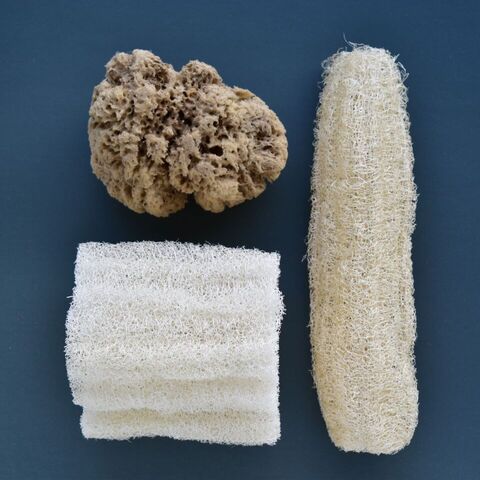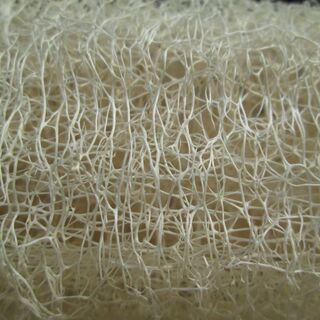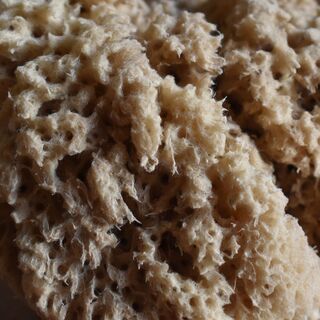Loofah vs Sea Sponge
Natural sponges are all the rage in zero-waste and sustainable living circles, but not all sponges are created equal. While loofahs and sea sponges look similar, they’re actually worlds apart in origin, use, and environmental impact.
In this comparison, we’ll explore what sets these two natural sponges apart and help you decide which one is right for your skincare or household needs.
| FEATURE | LOOFAH | SEA SPONGE |
|
|
|
|
|
|
|
|
|
|
|
|
|
|
|
|
|
|
What Is a Loofah?
A loofah (aka luffa) is the dried inner fibers of a tropical gourd plant, related to cucumbers and zucchinis. When harvested and dried, the interior becomes a stiff exfoliating sponge which softens somewhat when wet. Loofahs are technically not a sponge.
Loofahs are:
-
100% plant-based.
-
Compostable at the end of life.
-
Popular in DIY natural soap, bath accessories, and kitchen scrubbing.
What Is a Sea Sponge?
Sea sponges are not plants, they're simple multicellular marine animals that grow on the ocean floor. These organisms filter water to feed and often regenerate naturally if harvested responsibly.
Sea sponges are:
-
Ultra-soft and absorbent
-
Long-lasting
-
Ideal for gentle cleansing situations, such as those with sensitive skin, for baby baths and makeup removal
Texture & Feel
A loofah is better suited for exfoliating and has a more courser, fibrous feel and is not reccomended on sensitive areas such as the face. A sea sponge is soft and cushiony and does't have as much exfoliation properties.
A note: there are different varieties of loofah that range in softness/coarseness when wet but none of them are as soft as a sea sponge. Article on the different varieties here
Sustainability & Environmental Impact
Loofah: A Sustainable Star
-
Grow-your-own option available
-
Easily composted
-
No marine impact
-
Ideal for zero-waste homes
Loofahs grow quickly and can be replanted and harvested each year. One vine can yield dozens of sponges per season. They’re vegan-friendly, and when worn out, they break down completely in compost.
Sea Sponge: Eco Considerations
While sea sponges regrow after harvesting, their sustainability depends on how and where they are collected. Some concerns include:
-
Overharvesting in popular diving areas
-
Damage to coral reef ecosystems
-
Slow regrowth rates in certain species
To reduce your impact:
-
Choose ethically harvested sea sponges
-
Look for certified sustainable sources
-
Avoid bleached or dyed varieties
Note: Despite being natural, sea sponges are not vegan, since they are technically animals.
Which One Is Right for You?
Choose a Loofah if you:
-
Want a plant-based, compostable product
-
Are looking for exfoliation benefits
-
Want to make your own soap or bath scrubs
-
Need a vegan-friendly skincare tool
-
Prefer to grow your own
Choose a Sea Sponge if you:
-
Have super sensitive or delicate skin
-
Prefer a more luxurious, softer feel
-
Are using it for facial care or baby skin
-
Are okay with a non-vegan natural option
Whether you reach for a plant-based loofah or a sea sponge, choosing a natural alternative to synthetic plastic sponges is a great step toward a cleaner and healthier planet.
Posted: Friday 27 June 2025



